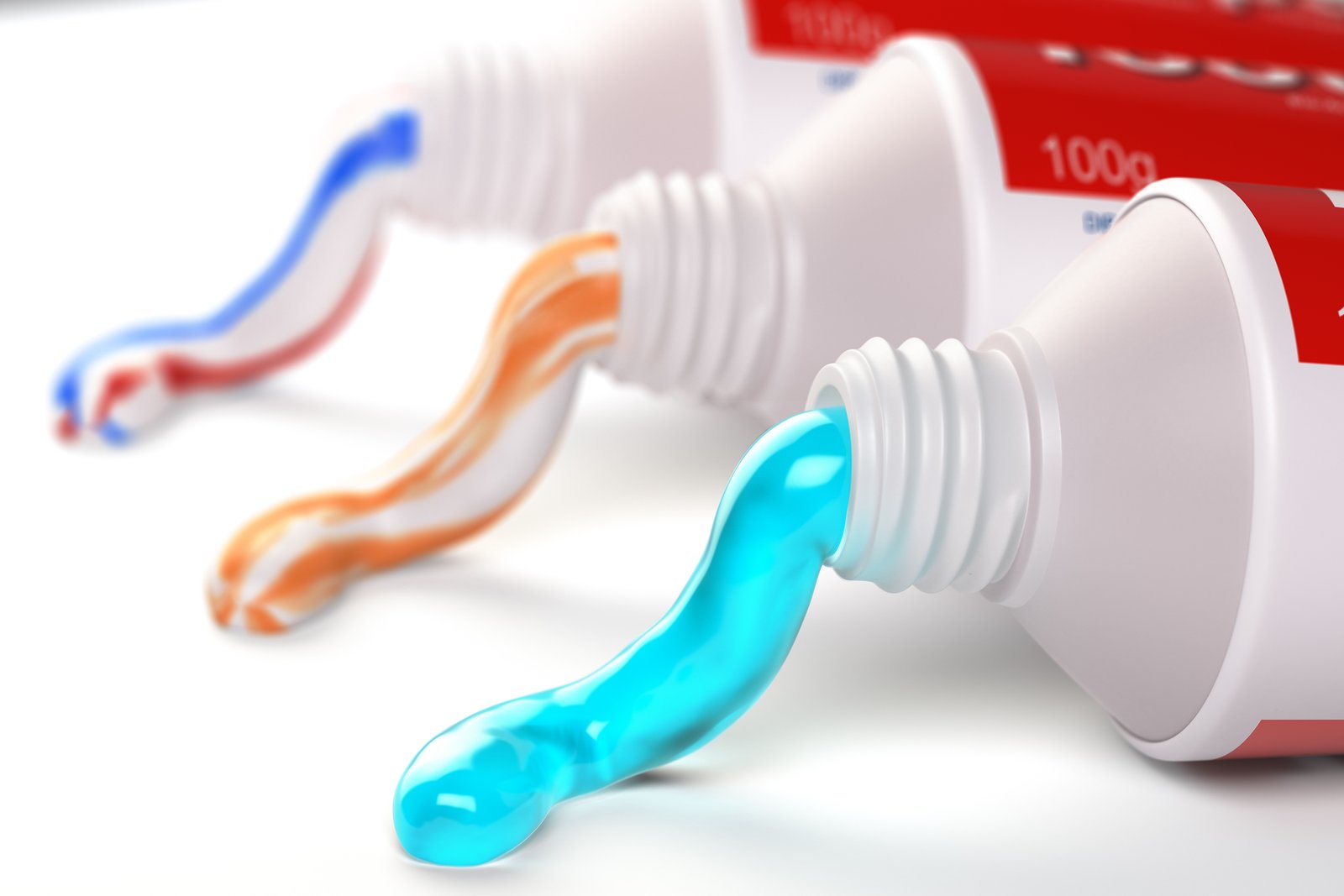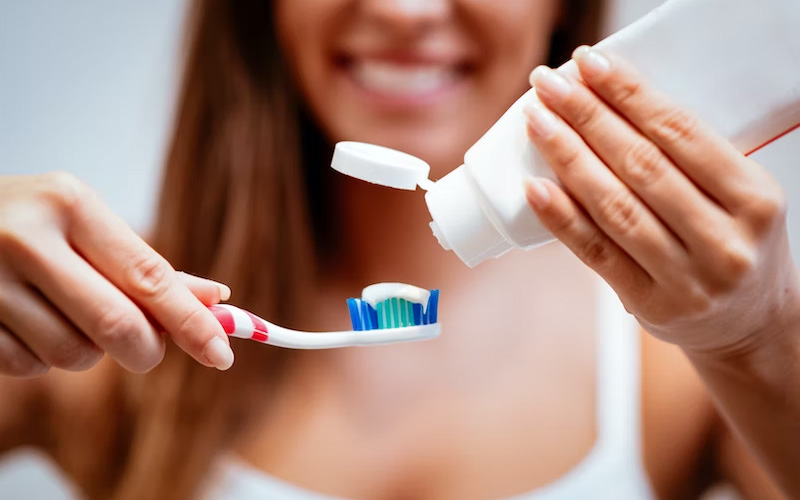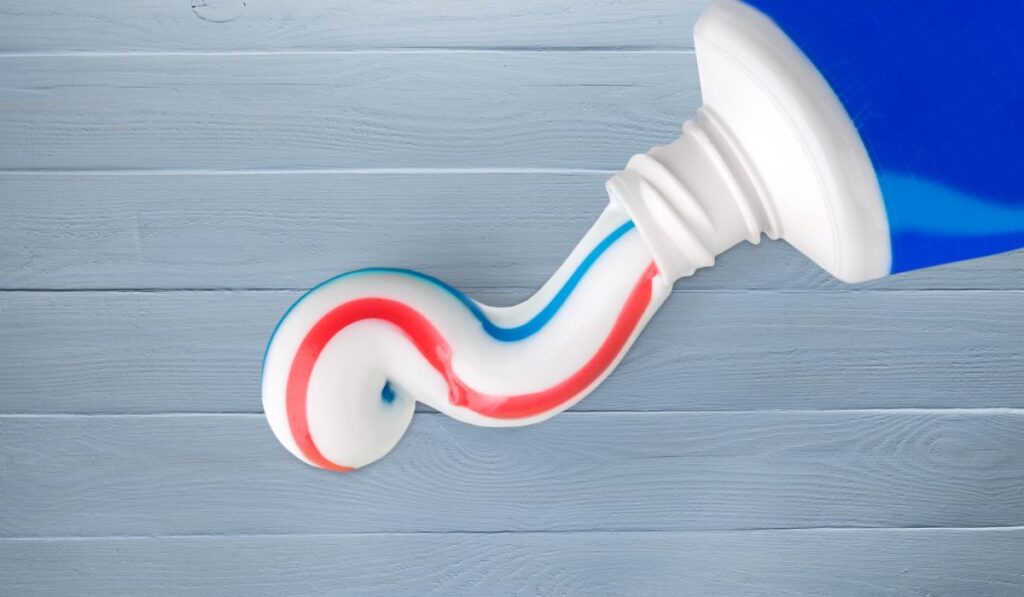How To Get Toothpaste Taste Out Of Your Mouth
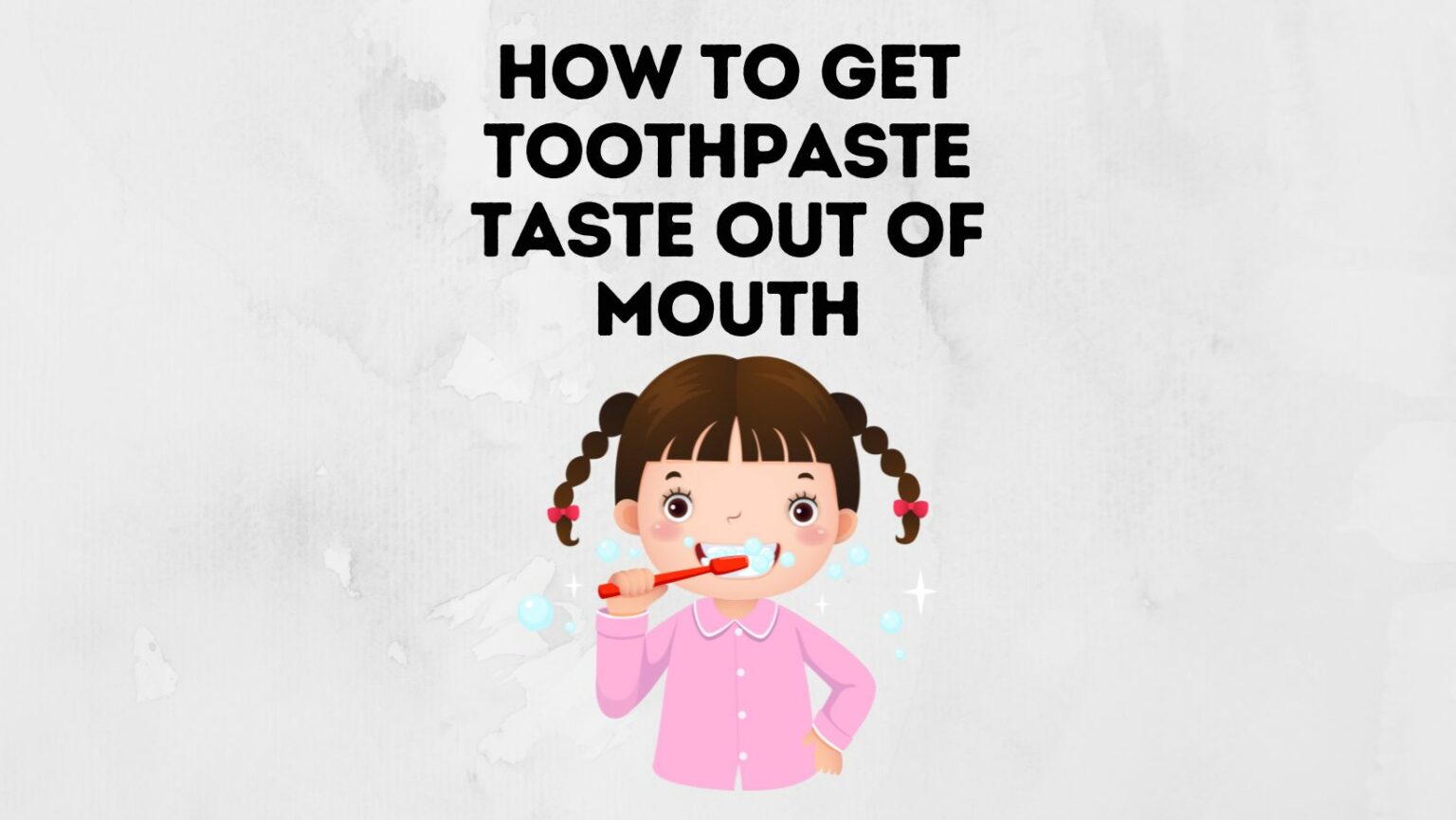
That lingering, sometimes bitter, toothpaste taste. It's a universal experience, often unwelcome, and one that has many seeking immediate relief. The quest to banish this aftertaste has led to a myriad of folk remedies and, increasingly, a deeper understanding of the science behind the phenomenon.
The persistent toothpaste flavor stems from a complex interplay of ingredients, individual sensitivities, and even hydration levels. Understanding these elements is key to effectively neutralizing the taste and preventing its prolonged presence. This article will explore the science behind the persistent taste, debunk common myths, and provide evidence-based strategies for a fresher, cleaner mouth – long after brushing.
The Culprits Behind the Taste
Toothpaste formulations contain a variety of ingredients, each playing a role in oral hygiene. However, some components contribute more significantly to the lingering taste. These include surfactants, flavorings, and even certain active ingredients designed to fight bacteria and strengthen enamel.
Surfactants: Foaming Agents with a Catch
Sodium Lauryl Sulfate (SLS), a common surfactant in toothpaste, creates the foamy texture many associate with cleanliness. However, SLS is also known to alter taste perception. Studies have shown that SLS can suppress the sweetness receptors on the tongue, while enhancing bitter tastes.
This explains why orange juice often tastes particularly unpleasant after brushing with an SLS-containing toothpaste. Individuals sensitive to SLS may experience a more pronounced and prolonged aftertaste. Alternatives exist, and the rising popularity of SLS-free toothpastes reflects a growing awareness of these sensitivities.
Flavorings: Mint and Beyond
While mint is the most prevalent toothpaste flavor, its intensity can be overwhelming for some. The concentration of menthol, the primary compound responsible for mint's cooling sensation, varies between brands. This variation can significantly impact the duration and intensity of the aftertaste.
Furthermore, some toothpastes incorporate artificial sweeteners like saccharin or xylitol to enhance palatability. These sweeteners, while generally safe, can also contribute to a lingering sweet or slightly artificial taste. Exploring different flavors, or opting for milder formulations, may offer a solution.
Active Ingredients: Functionality vs. Flavor
Fluoride, crucial for enamel strengthening, can impart a subtle but noticeable metallic taste to toothpaste. The concentration of fluoride varies among different toothpastes, with higher concentrations potentially leading to a more pronounced aftertaste. Similarly, ingredients targeting specific oral health concerns, such as potassium nitrate for sensitivity, can influence the overall taste profile.
Strategies for Taste Neutralization
Several methods can help neutralize or eliminate the lingering toothpaste taste. These range from simple rinsing techniques to dietary modifications and alternative toothpaste choices.
The Power of Rinsing
Thorough rinsing after brushing is crucial. This helps remove residual toothpaste from the oral cavity. Use lukewarm water and rinse for at least 30 seconds, ensuring you reach all areas of the mouth.
Consider using an alcohol-free mouthwash after rinsing with water. An alcohol-based mouthwash might be more effective as alcohol dissolves the components of the toothpaste that leave lingering residue, but it can also contribute to dry mouth, potentially exacerbating the taste issue in the long run.
Hydration and Dietary Choices
Dehydration can intensify the perception of taste. Drinking plenty of water throughout the day helps maintain saliva production. Saliva acts as a natural cleanser, washing away lingering flavors and promoting a balanced oral environment.
Certain foods can also help neutralize the aftertaste. Eating a small piece of fruit, like an apple or pear, can stimulate saliva flow and provide a refreshing counter-flavor. Chewing sugar-free gum can also increase saliva production and mask the undesirable taste.
Toothpaste Selection: A Matter of Preference
Choosing a toothpaste that aligns with your taste preferences and sensitivities can significantly impact the overall experience. SLS-free toothpastes are an excellent option for individuals sensitive to this surfactant. These toothpastes often utilize alternative foaming agents that are less likely to alter taste perception.
Experiment with different flavors. If mint is the culprit, consider toothpastes with milder flavors like spearmint, fennel, or even unflavored options. Consider speaking with your dentist or dental hygienist. They can offer personalized recommendations based on your oral health needs and taste preferences.
Debunking Myths: What Doesn't Work
Some purported remedies for eliminating toothpaste taste are based on anecdotal evidence rather than scientific backing. Drinking acidic beverages like orange juice immediately after brushing, for instance, is often suggested, but it can actually erode tooth enamel. Similarly, brushing the tongue excessively can disrupt the natural oral microbiome and exacerbate taste issues.
"The key is to understand the ingredients in your toothpaste and how they interact with your individual taste perception," advises Dr. Emily Carter, a leading dentist specializing in oral sensitivity. "Experimentation and careful observation are crucial in finding the right approach."
The Future of Taste-Friendly Oral Care
The oral care industry is increasingly focusing on developing toothpastes with improved taste profiles and reduced aftertaste. Research is underway to identify alternative surfactants and flavorings that are both effective and palatable. Personalized oral care products, tailored to individual taste sensitivities, are also becoming a reality.
By understanding the science behind the lingering toothpaste taste and adopting effective strategies for taste neutralization, individuals can enjoy a fresher, cleaner mouth without the unwanted aftertaste. The key is to be mindful of toothpaste ingredients, prioritize proper rinsing and hydration, and choose products that align with your unique needs and preferences. This proactive approach will pave the way for a more pleasant and effective oral hygiene routine.

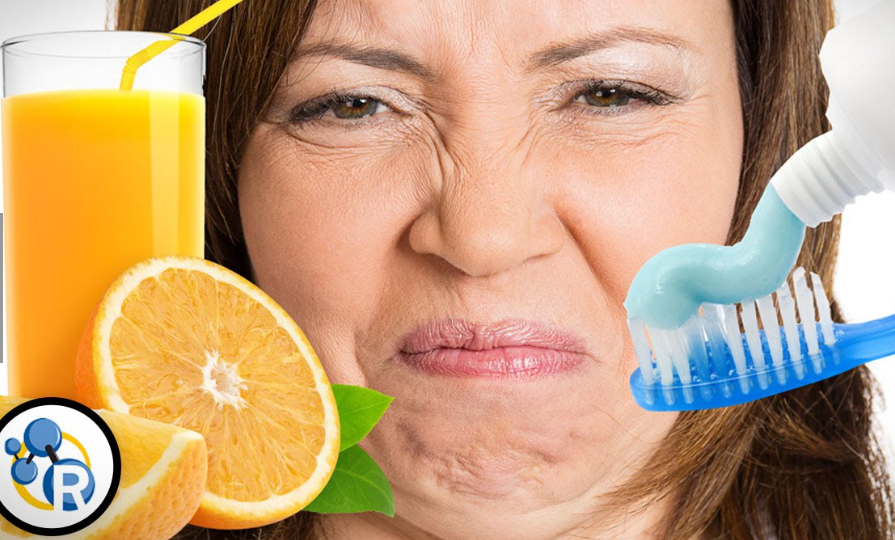
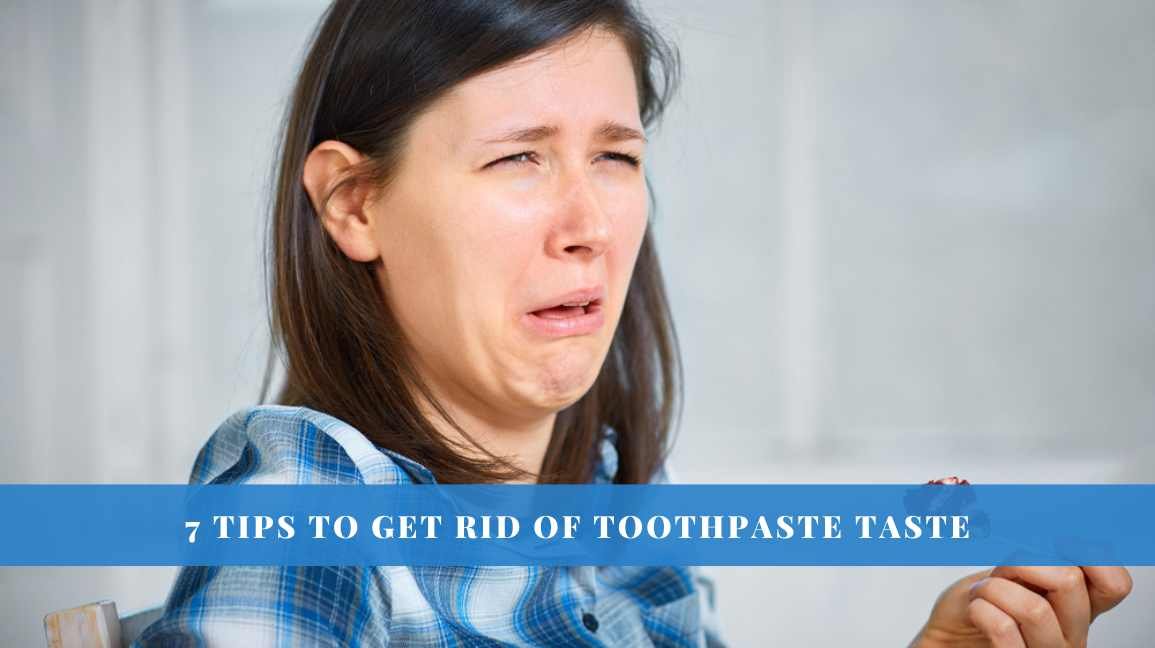
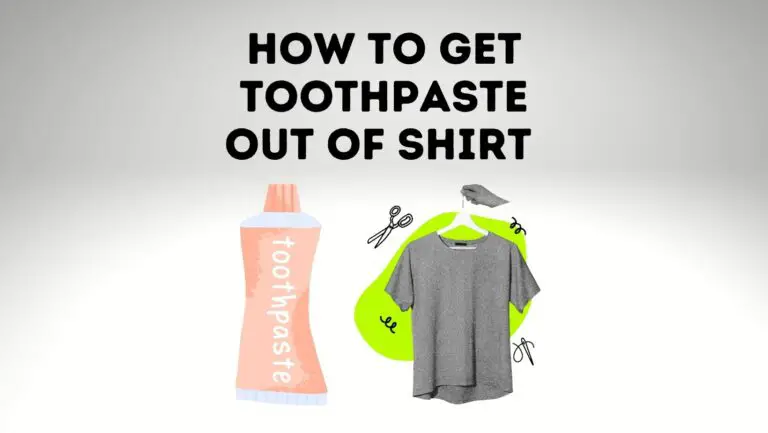


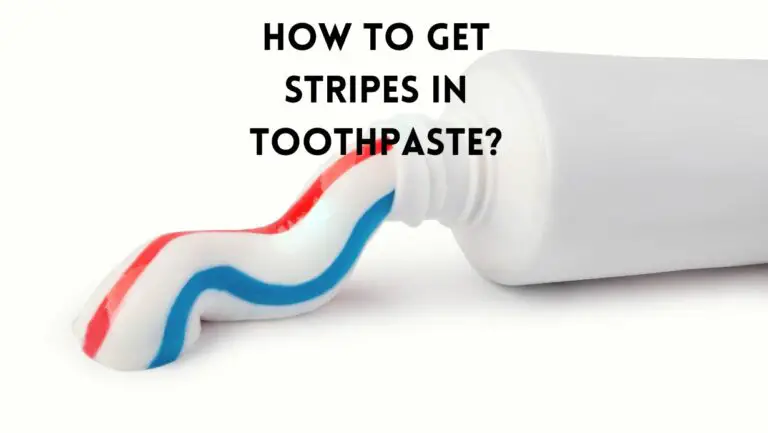

![How To Get Toothpaste Taste Out Of Your Mouth How Do Toothpaste Prevent Tooth Decay [Tooth Decay Reversal] - Power](https://powertoothpaste.com/wp-content/uploads/2023/01/How-Much-Toothpaste-Do-You-Swallow-In-A-Lifetime-768x433.jpg)
